Return to News Center
Auxiliary Equipment for Projectors
 Reviewed:0
Release time:2025-09-19
source:About Us
Reviewed:0
Release time:2025-09-19
source:About Us
Guide:
Projectors, while powerful on their own, rely on a suite of auxiliary equipment to deliver the best possible viewing experience. These are essential for optimizing image quality, sound output, and overall usability, catering to various projection needs, from home theaters to professional presentati

Projectors, while powerful on their own, rely on a suite of auxiliary equipment to deliver the best possible viewing experience. These are essential for optimizing image quality, sound output, and overall usability, catering to various projection needs, from home theaters to professional presentations.
One of the most crucial pieces of auxiliary equipment is the projection screen. A high - quality screen significantly impacts the visual clarity and color accuracy of the projected image. There are different types of screens available, each designed for specific environments and purposes. Manual screens, which can be rolled up and down, are cost - effective and suitable for occasional use or spaces where permanent installation isn't feasible. Electric motorized screens, on the other hand, offer convenience, allowing users to control the screen's deployment with a remote. Fixed - frame screens provide a taut, flat surface that minimizes image distortion, making them ideal for dedicated home theaters or professional screening rooms. Additionally, screens come in various materials, such as matte white for balanced color reproduction, gain - enhanced screens for brighter images in well - lit rooms, and ambient light - rejecting screens that reduce glare and reflections, ensuring a clear view even in rooms with significant ambient light.
Audio equipment is another vital component. Projectors often have built - in speakers, but for a more immersive audio experience, external speakers or sound systems are recommended. Soundbars are a popular choice for their compact size and ability to deliver enhanced sound compared to built - in speakers. They can reproduce clear dialogue, crisp highs, and decent bass, making them suitable for movie watching and presentations. For a more cinematic experience, surround - sound systems, including 5.1 or 7.1 setups, can create a three - dimensional audio environment. These systems consist of multiple speakers placed strategically around the room, allowing sound to come from different directions, enhancing the immersion during movies, games, or multimedia presentations. Subwoofers can be added to these systems to boost the low - frequency sounds, providing a more powerful and impactful audio experience.
Connectivity devices also play a significant role. HDMI cables are commonly used to connect projectors to various sources like laptops, gaming consoles, Blu - ray players, and streaming devices. High - speed HDMI cables support high - resolution video and audio formats, ensuring smooth transmission of 4K and even 8K content. Wireless connectivity devices, such as Wi - Fi adapters or Bluetooth receivers, offer greater flexibility, allowing users to connect their devices without the need for cables. This is especially useful in business presentations where quick and hassle - free connections are desired. Signal extenders and splitters can be employed when the projector needs to be placed at a distance from the source device or when multiple displays need to show the same content.
Mounting equipment is essential for proper projector placement. Ceiling mounts provide a stable and unobtrusive way to install projectors, keeping them out of the way and ensuring a consistent projection angle. Tabletop stands offer flexibility, allowing users to place the projector on a table or other flat surface and adjust its height and angle as needed. Tripods are another option, providing portability and stability, making them suitable for on - the - go presentations or outdoor screenings. the right combination of auxiliary equipment can transform a basic projector setup into a high - performance, immersive viewing system.
Read recommendations:
HW40 Home Cinema - HW Series Projector
1080P Projector with TOF Laser Focus - 4K Decoding Supported
Battery Life of Projector Screens
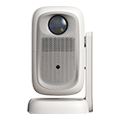
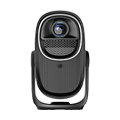
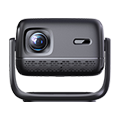
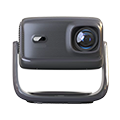
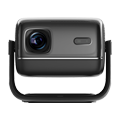
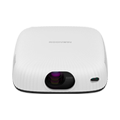
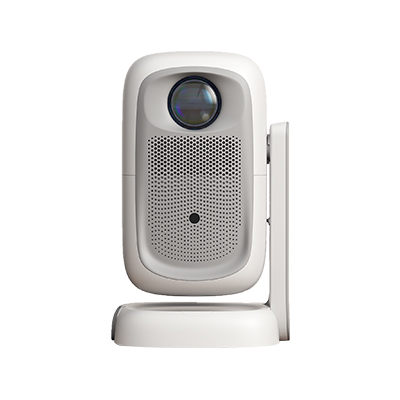
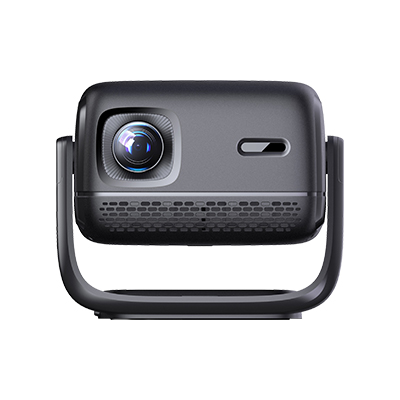
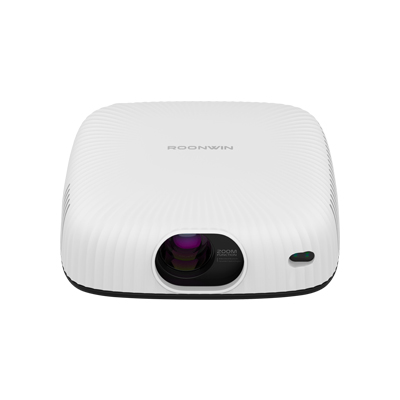









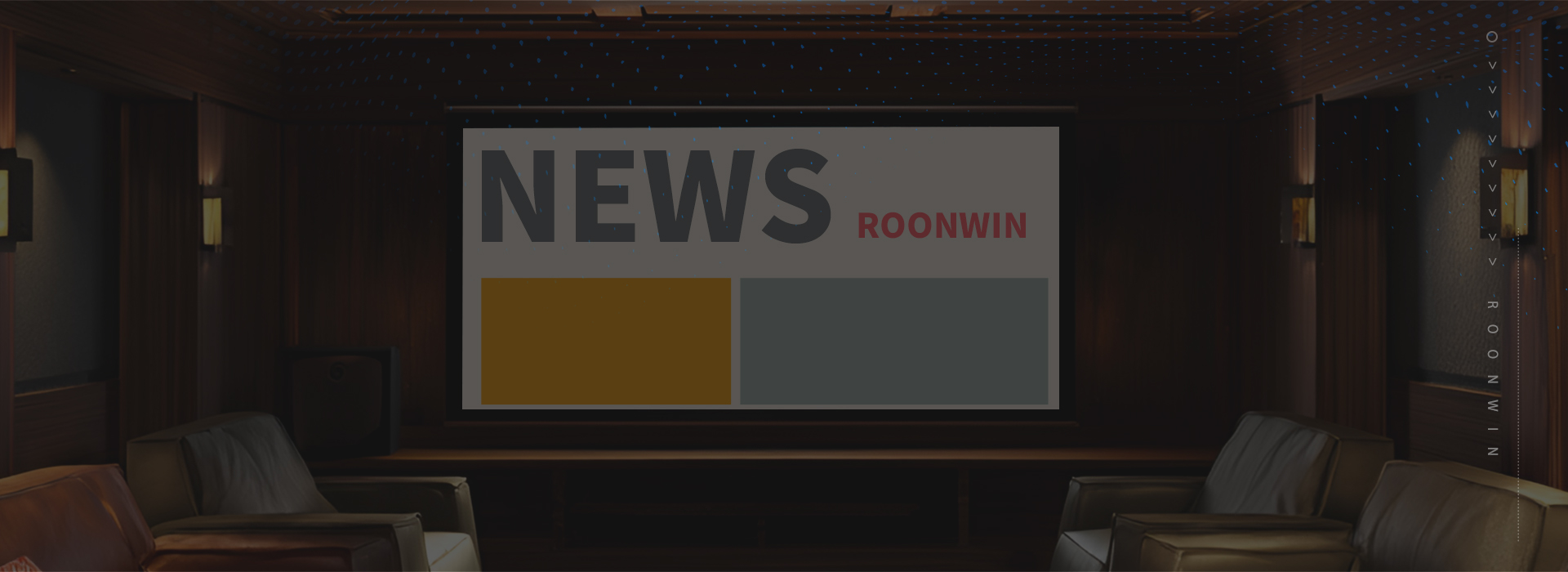

 Reviewed:
Reviewed:











